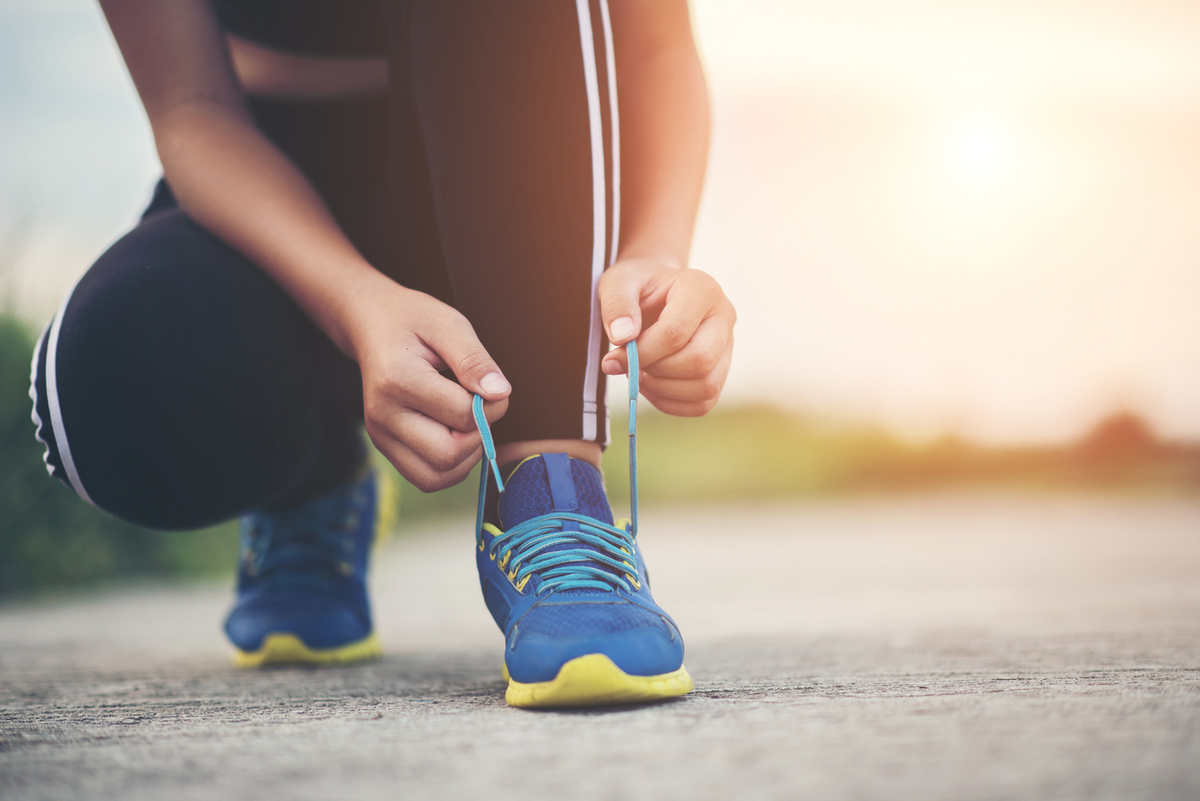Running and jogging are fantastic ways to stay fit and healthy — research has shown that running for as little as 10 minutes a day can prolong your life by a couple of years, as you reduce your risk of cardiovascular diseases, and also that running is a great morale booster for stressed folks.

Combine this with the fact that running is one of the few outdoor sports that can actually be practiced rather successfully (in many places, at least) while still doing the whole social distancing thing, and it's really no surprise that many people have taken up running since the COVID-19 pandemic started. Whether jogging is a way to keep fit or simply a means to go outside and feel the wind in your back, running rocks.
New runners and joggers do miss out on something very big, though, and that's the community of runners. Take me, for instance. When I was trying to lose weight a couple of years ago, a friend encouraged me to jog with her urban running team. I didn't want to, but I did — and I didn't regret it for a moment, because the team was super-inclusive and encouraging, and I learned a lot from many people.
How do your running choice affect your performance, and your health?
When you're running, your feet quite literally support your whole body — and they have to work a whole lot harder than if you were, say, just walking over to your fridge and back. It will not come as a huge shock that the most common running injuries are foot injuries, then, like:
- Plantar fasciitis — pain in your heels, usually accompanied by very tight Achilles tendons.
- Achilles tendonitis, an inflammation of the Achilles tendon.
- Sprained ankles.
- Of course, blisters make it to the list too; minor though they may be, they can really impact your performance.
Other injuries, like iliotibial band (ITB) syndrome, affect the knee.
While numerous factors contribute to these injuries, running shoes that do not properly support your feet increase your risk of suffering from them — while excellent running shoes that work well with your particular anatomy go a long way toward keeping you comfortable and boosting your performance. To be able to choose the right running shoes for you, you need to be familiar with your own feet.
Do you have high arches or flat feet?
The arches are the part of your feet between your heel and the portion where your feet connect to your toes (the "ball of your feet'). To get an idea of what we're talking about, try the "paper test" by getting your feet wet and then making an imprint of your foot on a piece of paper. If your footprint shows a complete foot, without "missing bits" between your heel and toes, you have flat feet. If your print shows most of your foot, but a small portion is missing from the inner side, you have typical, medium arches. If you just see a heel, some toes, and a very thin strip of foot in between, you're dealing with high arches.
This matters because:
- People with high arches put more stress on the ball of their foot as they run, which increases the risk of calluses, and will also have a negative effect on your calves. As you age, you have a higher risk of stiffness in your feet. Flat feet don't absorb shocks as easily, since they have less of a spring. This puts you at risk of plantar fasciitis, painful heels that require surgical intervention in extreme cases, and put you out of the running in less severe instances.
- A whole range of running shoes designed with different kinds of feet are now available — along with orthotic insoles. Together, they can prevent a lot of trouble. If you're already investing in new running shoes, why not make absolutely sure they help, rather than hurt, you as you run? Shop around for shoes with additional arch support for high arches, and extra heel support and motion control for flat feet.
Oversupination and pronation should also be on your radar as a runner
You may think your feet are perfectly aligned with your legs as you run, but that might not actually be true. Everyone's feet roll in as they hit the ground (pronation), while flexing outward to support them as they push off (supination) — but only a little. If, when you run, your feet have a tendency to noticeably roll quite far outward (away from your body) or inward (to meet each other), your foot's natural anatomy is the most likely culprit. Injuries can also cause excessive pronation or supination, but look at your arches first, as flat feet cause you to pronate too much, while high arches lead to oversupination. The right running shoes can help you fix that.
What about stack height?
The stack height refers to the thickness of your soles (combined with other supportive materials). You'll have seen running shoes with amazingly high soles, as well as those with barely-there soles. More recent research has shown that the tendency toward more "minimalist" running shoes, with a very low stack high as well as very flexible soles, could decrease the risk of injury. On the other hand, if you jump a lot, you might like a higher stack height to help you absorb the impact.
Most shoes don't have the same stack height throughout, and instead have a heel-toe drop that means the heel is higher than the toes. Runners who have suffered from Achilles tendonitis are particularly likely to benefit from a higher heel-toe drop, and women who are used to wearing high heels all day may also prefer this.
Remember to gradually break new running shoes in before running a long race, and if you do suffer from persistent foot pain, swing by the doctor as well.


Your thoughts on this